Research
What is NFT staking and how does it work?
ChainPlay
•
one year ago
Share :

NFTs are more than just online sales of digital art. As of right now, NFT staking offers a useful way to get real benefits. Since the first NFT was designed and put up for auction at the New Museum in New York City in May of 2014, blockchain tokens have continued to gain more and more use. Find out the benefits of adding NFT staking to your web3 tool.
In the same way, as NFTs are tokenized assets, NFT staking functions according to the same theory. An NFT is a unique asset even though it looks like anything from a tired monkey to a pixelated owl. This is because the coding that underlies these images complies with the ERC-721 standard.
Securing optimal rewards by timing your entry correctly requires diligent research and a touch of good fortune. Through blockchain technology, individuals can pledge their assets in exchange for benefits dictated by a platform. Numerous projects have been developed with staking as a primary focus.
What is NFT Staking?
Staking represents a means of leveraging your unique token within the blockchain ecosystem. While the Bored Ape Yacht Club collection serves as a notable example of digital art residing on the blockchain, NFTs can encompass a diverse array of items, including assets within video games or various other objects. NFT staking involves attaching your non-fungible tokens to a designated protocol or platform, yielding staking rewards in return. This mechanism enables you to generate additional earnings while retaining ownership of your tokens.
Analogous to earning interest via yield farming, wherein cryptocurrencies are lent or deployed to liquidity providers, staking offers a comparable avenue for income generation. This income may stem from interest payments or transaction costs incurred by other participants. Notably, this form of income mirrors that obtained through traditional banks but operates without the involvement of intermediaries.
NFT Staking: How Does it Work?
Nonfungible tokens (NFTs) consist of digitized assets that possess unique characteristics, rendering them non-interchangeable. Staking platforms offer a secure environment for deploying NFTs via smart contracts on suitable blockchain protocols. Although the full impact of staking NFTs remains uncertain, many NFT holders are eagerly anticipating this development. The uniqueness of non-fungible tokens often leads holders to hesitate in selling them, a significant departure from cryptocurrencies, which can be readily bought and sold.
To begin staking NFTs, ensure compatibility between your preferred wallet and the blockchain housing the NFT. Subsequently, connect your wallet to the staking platform (the counterpart website enabling NFT deployment). This process resembles staking coins and can typically be initiated by accessing the staking section of the platform.
NFT staking explained
NFT staking is the process of locking your non-fungible tokens (NFTs) within a blockchain protocol in exchange for rewards. Through smart contracts, developers deploy NFTs onto the blockchain, enabling holders to stake their tokens.
The primary objectives of NFT staking include:
- Increasing scarcity: By locking NFTs away, their availability for sale decreases, potentially driving up their value due to reduced supply.
- Providing passive income: Staking offers incentives for NFT holders to participate, typically in the form of rewards distributed by the project's development team.
- Supporting Proof-of-Stake (PoS) networks: Many blockchains utilize PoS mechanisms for transaction validation, and NFT staking contributes to the security and operation of these networks.
It's important to note that staking NFTs may involve gas fees, which compensate validators for securing the network. Stakers may receive rewards in the form of gas fees for their participation in the staking process.
Generating Passive Income through NFT Staking: A Guide
To earn passive income by staking NFTs, follow these steps:
- Ownership of NFTs: Ensure you possess NFTs within your cryptocurrency wallet.
- Staking Process: Stake your NFTs by locking them into a smart contract designed for staking purposes.
- Monetary Returns: Passive income from staking NFTs predominantly comes from financial investments.
Before engaging in NFT staking, it's essential to consider the following pros and cons:
Pros:
- Passive Income: Staking NFTs can generate ongoing passive income without requiring active involvement.
- Diversification: It offers an opportunity to diversify your investment portfolio within the crypto space.
- Supporting Projects: By staking NFTs, you contribute to the growth and development of blockchain projects.
Cons:
- Risk of Loss: There's a risk of losing your investment if the value of the staked NFTs decreases or if the project fails.
- Lock-in Periods: Some staking contracts may have lock-in periods during which you cannot access your tokens.
- Volatility: The value of NFTs and associated rewards can be subject to market volatility, impacting potential earnings.
Carefully weighing these factors will help you make informed decisions regarding NFT staking, ensuring you maximize potential rewards while managing associated risks.
Is NFT Staking a Sound Investment Choice?
Finding liquidity for NFTs can be challenging due to the ecosystem's underdevelopment and the prevalent long-term holding strategy among NFT owners. However, the rising popularity of NFTs has piqued the interest of newcomers to the crypto market, who seek potential rewards on NFT platforms.
Although NFT staking is not yet as widespread as cryptocurrency staking, its growth prospects appear promising, especially with the anticipated transition of Eth2 to a Proof-of-Stake mechanism.
Staking NFTs, a subset of crypto assets, presents a solid foundation for investment. One significant advantage is the ability to earn rewards without the need to sell your collection. By locking your assets in a staking pool, you can accrue rewards over time.
Top NFT Staking Projects
Not all NFT staking programs yield identical rewards. While some may initially offer high returns, the value of their tokens may decline over time due to market saturation. It's crucial to note that you should assess your rewards relative to the initial cost of the NFT. For instance, if you paid three times more for NFT A compared to NFT B but NFT A provides only two times more rewards than B, it will take longer to recover your costs with NFT A.
Mutant Cats: A Unique Staking Opportunity
By staking Mutant Cats, holders gain fractionalized ownership of the project's decentralized autonomous organization's (DAO) vault assets. Additionally, each staked Cat earns a daily yield of 10 FISH.Launched in October 2021, the collection comprises 9,999 NFTs and is supported by holdings of Cool Cats. The project's core concept aims to provide individuals with access to these assets without the necessity of purchasing them at elevated prices.
Furthermore, the team behind Mutant Cats previously introduced Mutant Gorillas, another collection. Staking a Gorilla yields one SERUM after a 60-day period. SERUM, a tradable NFT, possesses the unique ability to cure Mutant Cats.
Unlocking Potential with NFT Worlds Staking
NFT Worlds unveiled its staking feature in March, offering a total of 1.75 billion WRLD tokens as rewards. The strategy involves gradually releasing these tokens over a five-year span, aiming to establish a sustainable economy for the long term.
Each parcel of land within NFT Worlds possesses a rarity rating, with stakers receiving WRLD rewards proportional to this rating. As fewer land NFTs are staked overall, those who do stake stand to receive higher rewards.
Moreover, users have the option to rent out their staked land to fellow users concurrently. This additional avenue for passive income not only enriches users but also fosters deeper engagement with the NFT Worlds platform.
Axie Infinity Launches Land Staking Program
Axie Infinity recently introduced its land staking program, featuring five distinct types of land NFTs within the game: Savannah, Forest, Arctic, Mystic, and Genesis. The most affordable options currently available for purchase are priced at 1.275 ETH ($2,000).
Users of Axie Infinity initially began acquiring land NFTs in January 2019, marking a significant anticipation for the utility of these assets. The platform is now offering rewards to users who stake their land NFTs.
SkuxxVerse: A Unique Approach to Land Staking
SkuxxVerse presents a distinctive take on land staking opportunities. In this project, the SkuxxVerse team acquires NFTs and stakes them. Users can then acquire a SkuxxVerse NFT pass, granting access to a bespoke virtual world and, notably, a portion of the staking rewards.To date, SkuxxVerse has distributed over 1 million WRLD tokens to its holders and has recently unveiled its own virtual world within NFT Worlds. Additionally, each SkuxxVerse pass holder will receive a complimentary NFT representing a residence in the metaverse.
CyberKongz: Earning Yield from NFTs
CyberKongz exemplifies a method where holders can earn yield from their NFTs without the need for staking. Holders of Genesis CyberKongz NFTs receive a daily yield of 10 BANANA tokens for a guaranteed duration of 10 years. Additionally, they have the option to burn the tokens earned to customize their avatars with distinct characteristics.During the peak of BANANA's price in October 2021, CyberKongz holders were earning up to $1,000 per day. However, the price has since declined.
The collection includes two additional characters: Baby Kongz and CyberKongz VX. While these offshoot apes do not offer BANANA yield to holders, they provide access to exclusive groups.
The Future Outlook of NFT Staking
With NFT values experiencing a downturn alongside cryptocurrency prices, the current prognosis for NFT staking appears bleak. Projects that once boasted high returns during the peak of the 2021 bull run are now offering diminished rewards.
However, this downturn does not signify the end of NFT staking. In the forthcoming years, projects are expected to explore new and improved utilities for their NFTs, inevitably leading to the introduction of innovative staking programs.
The primary objective for emerging projects and platforms is to establish offerings that transcend mere hype. Once this milestone is achieved, sustainable rewards from NFT staking can become a tangible reality.
Final Thoughts
Staking non-fungible tokens (NFTs) presents an opportunity to generate passive income from dormant NFT collections. This innovative concept has introduced novel use cases for NFTs, opening up unexplored avenues. While still in its nascent stages, the idea is rapidly evolving. If you're interested in initiating your own collection and capitalizing on it, staking NFTs could be a lucrative venture worth considering.
Share this article
#Other
Latest News
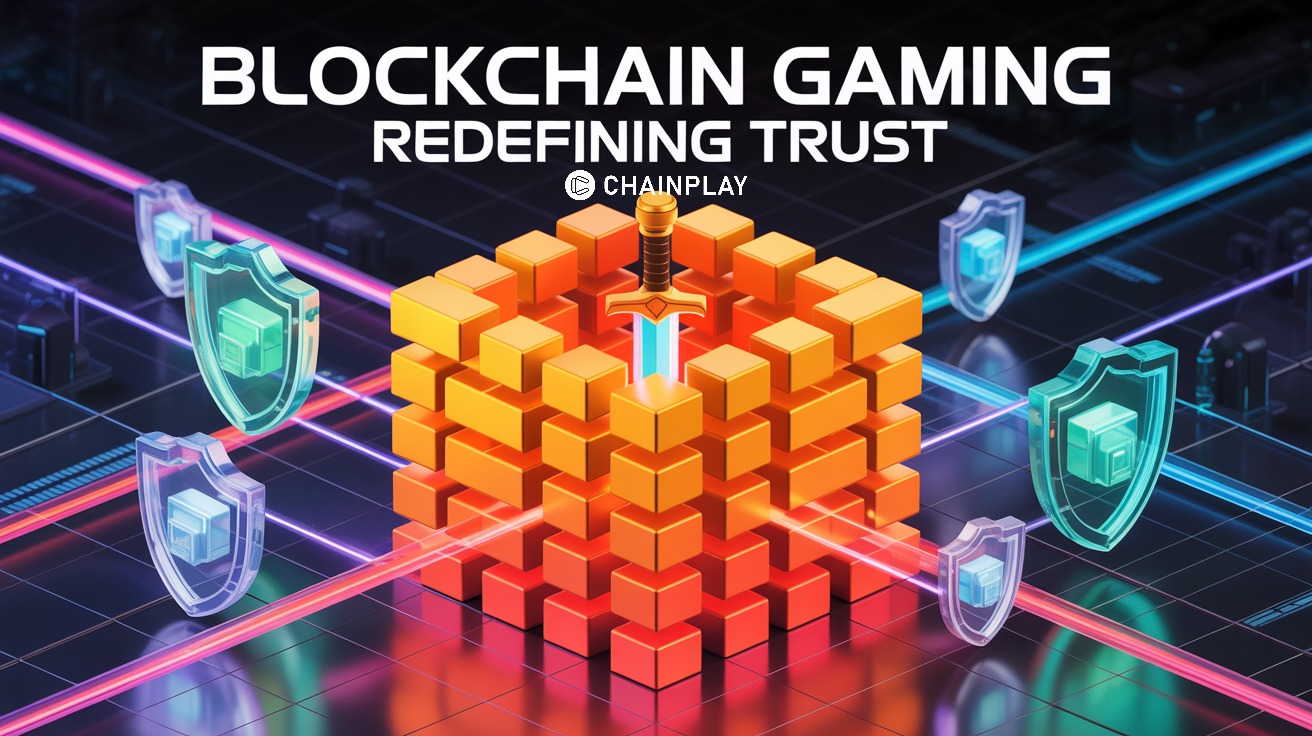
How Blockchain Is Redefining Trust in Online Gaming
4 hours ago
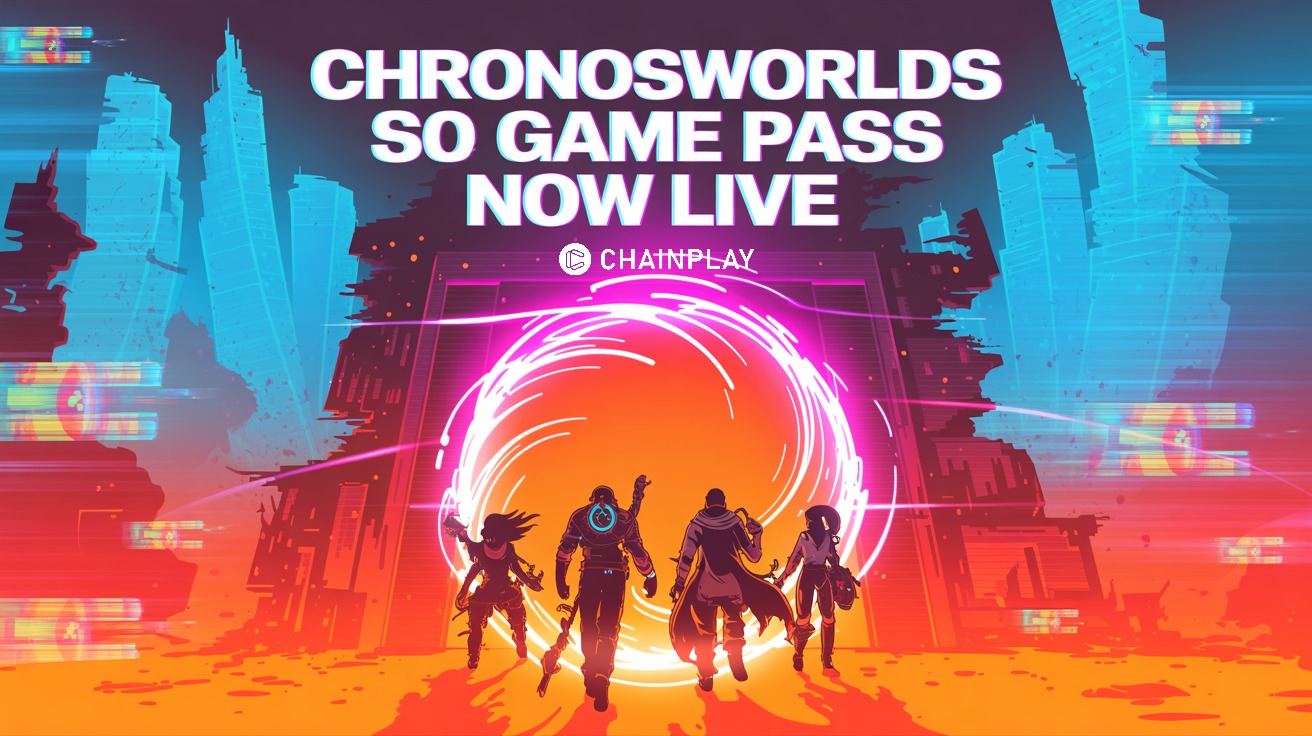
Get Early Access with ChronosWorlds S0 Game Pass
7 hours ago
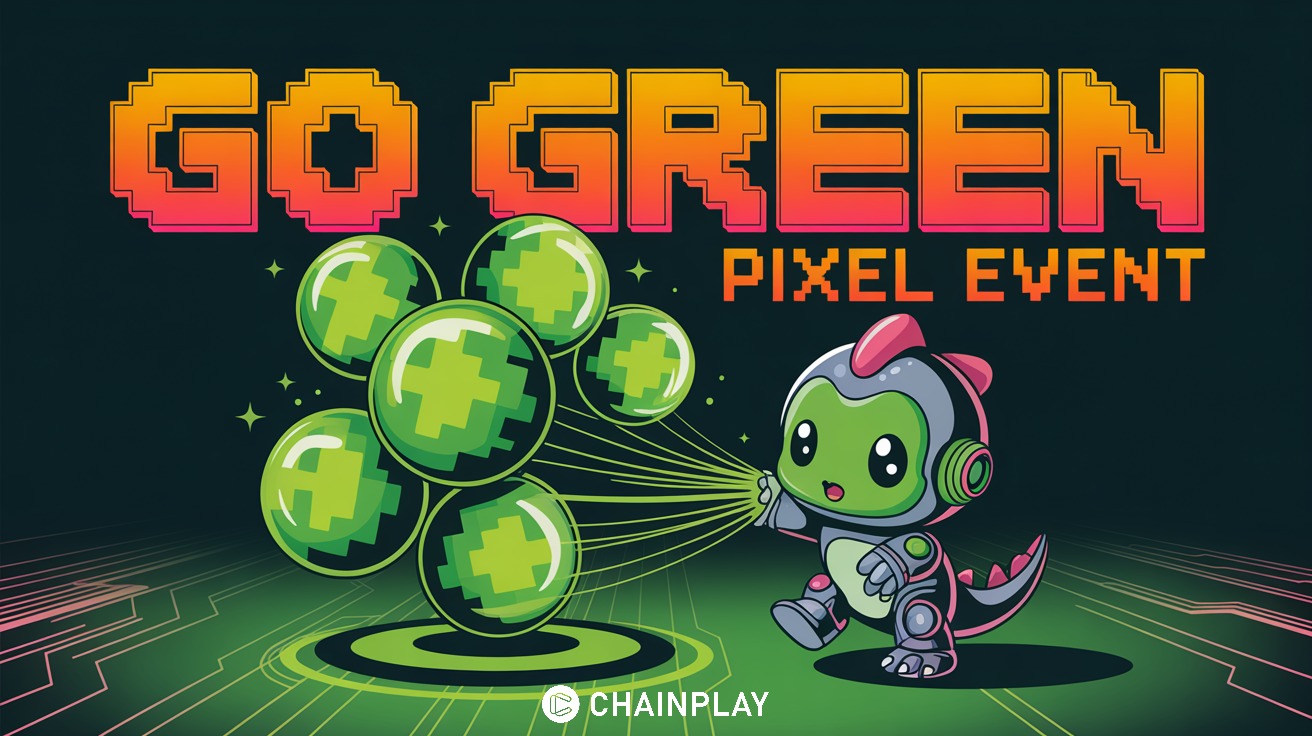
Sleepagotchi Lite Go Green Event Guide for $PIXEL Rewards
9 hours ago
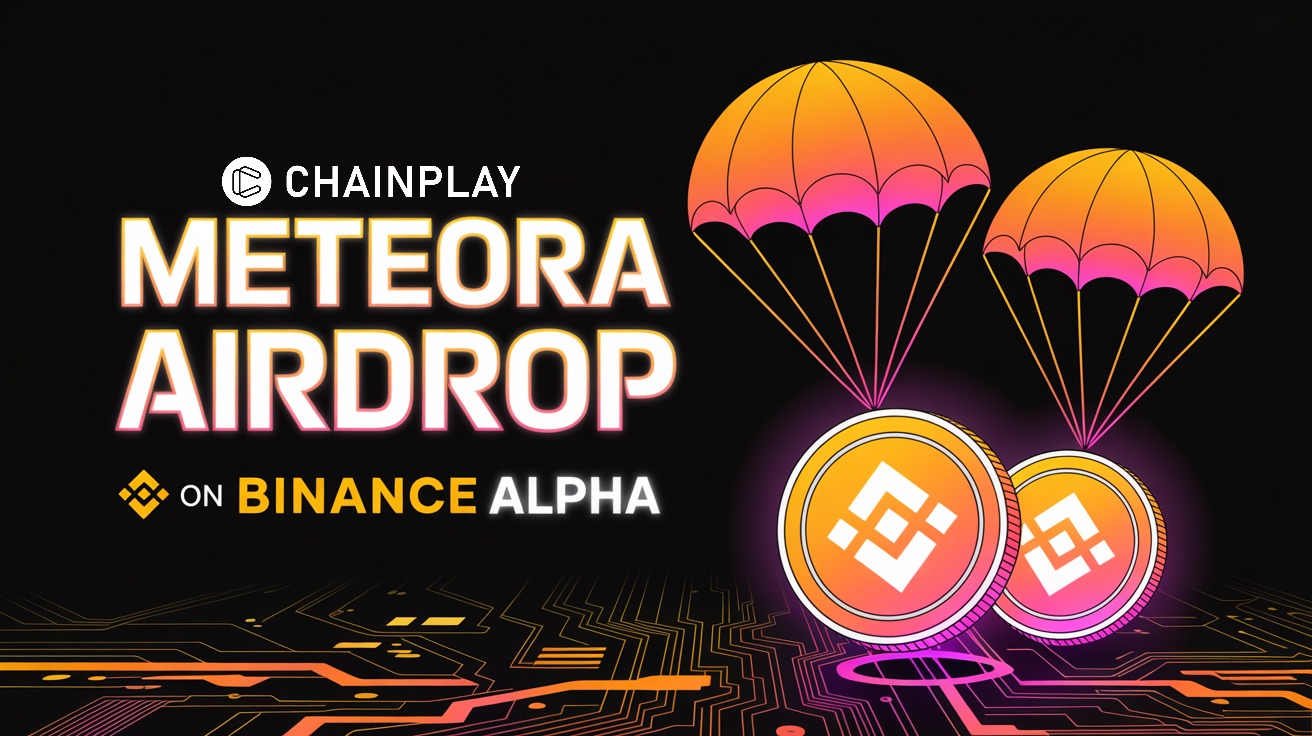
Meteora (MET) To Launch on Binance Alpha on October
9 hours ago
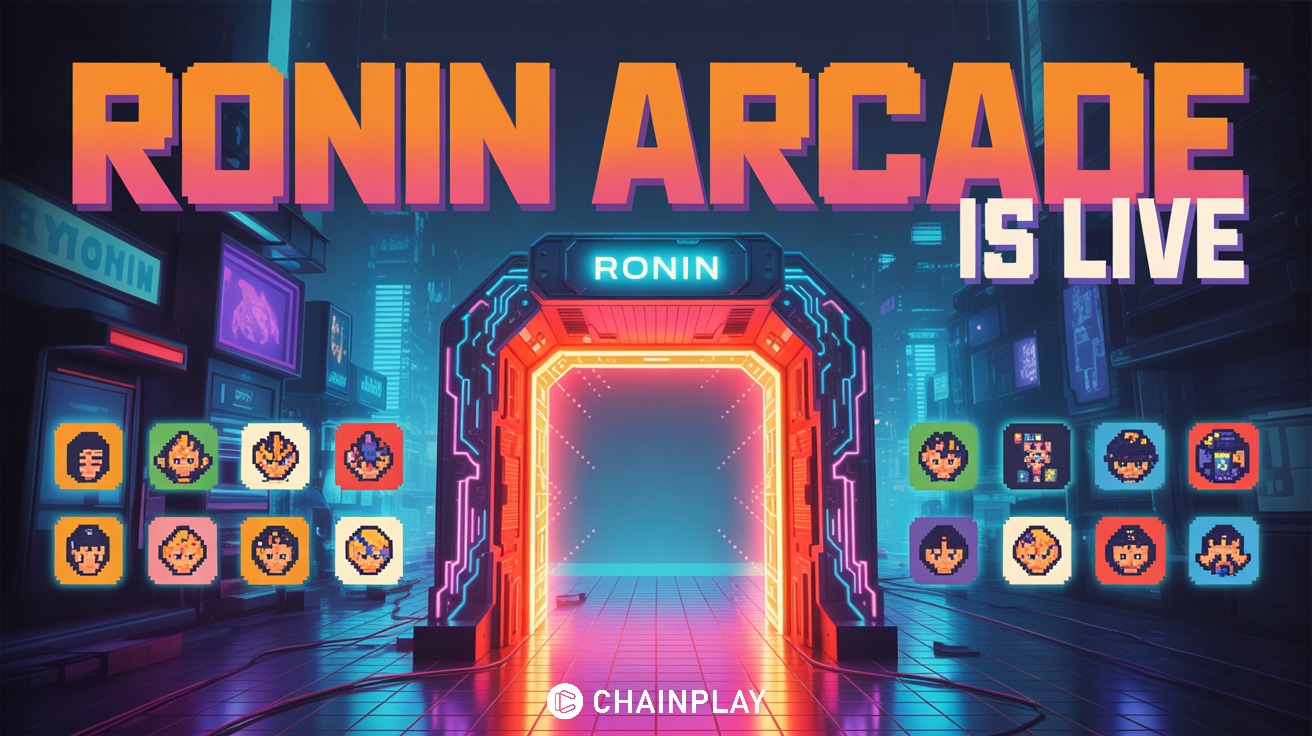
Sky Mavis Launches Ronin Arcade with Major Rewards
11 hours ago
Related articles
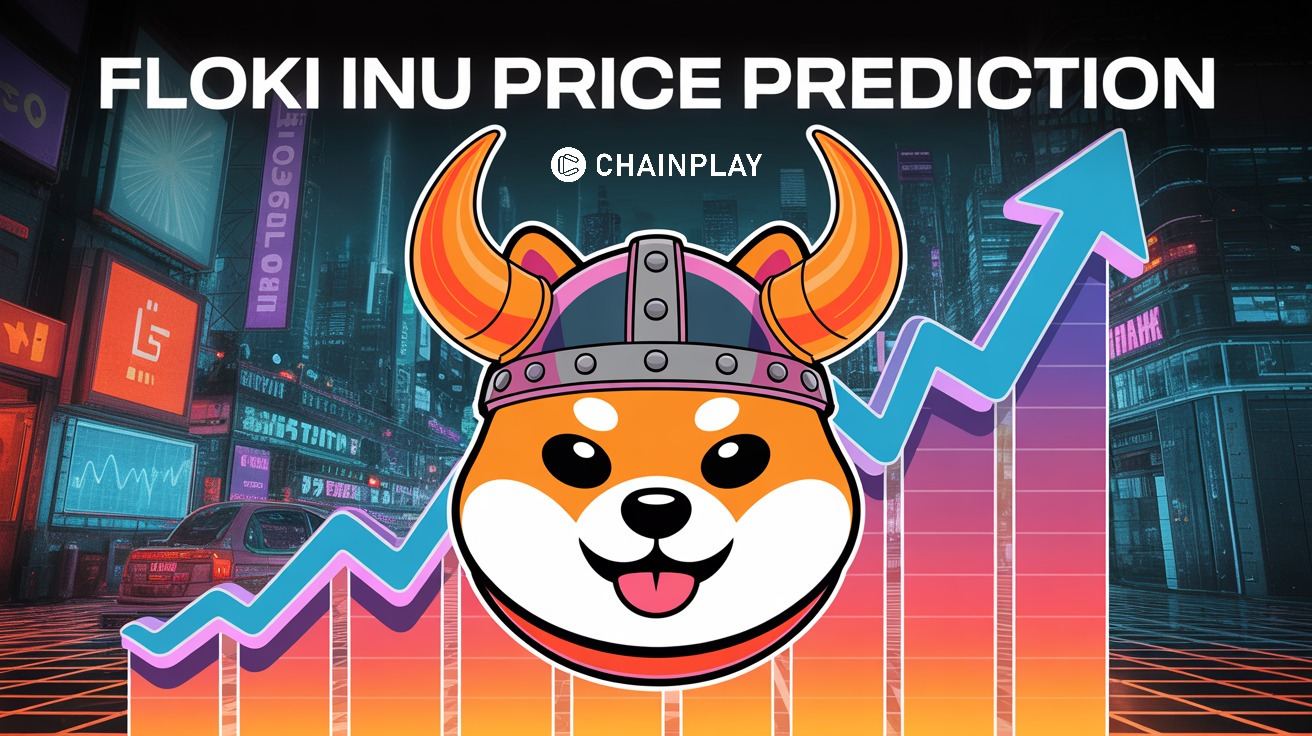
Explore Floki Inu (FLOKI) price predictions for 2025–2030. Get expert insights, analysis & forecasts. Read now to seize crypto opportunities!
ChainPlay
•
one month ago

Vietnam launches Resolution 05, opening a 5-year regulatory sandbox for crypto trading. With 20M+ crypto users and new legal framework, can Vietnam become Southeast Asia's blockchain hub?
ChainPlay
•
one month ago
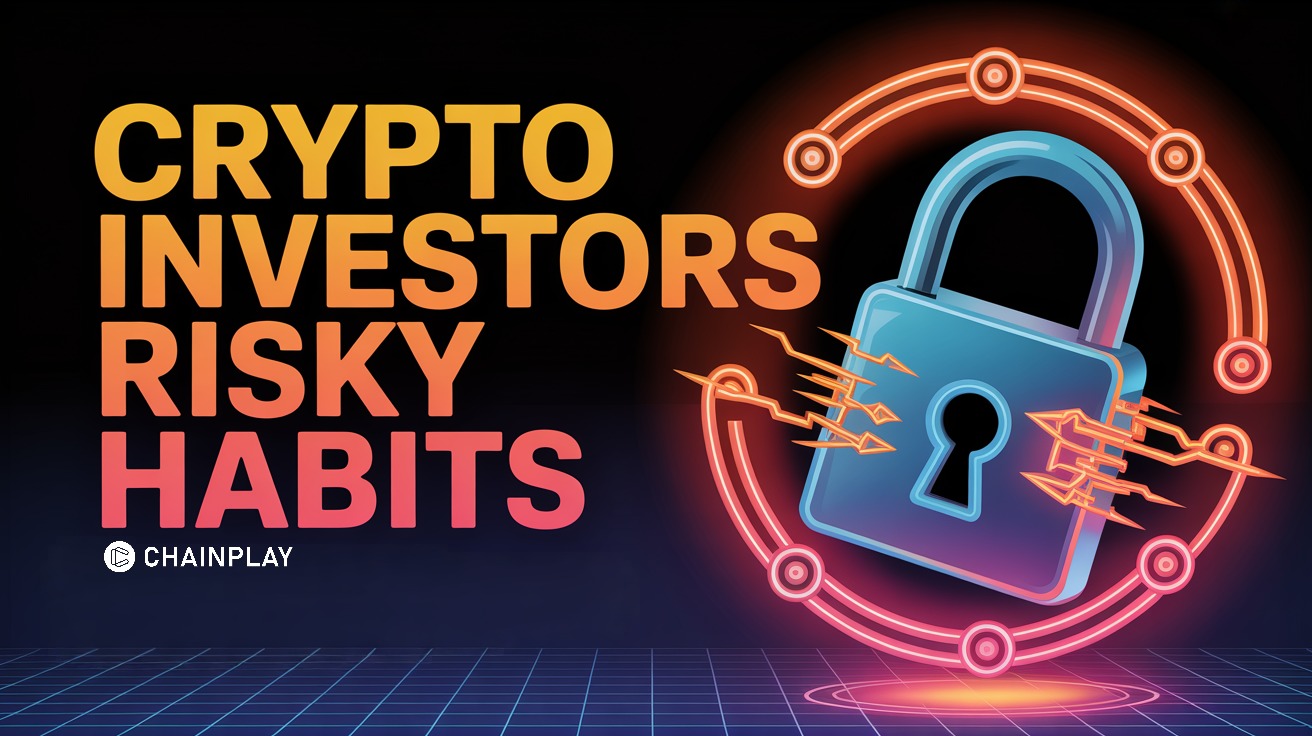
We surveyed over 1100 crypto investors to reveal just how widespread and persistent these risky behaviors are.
ChainPlay
•
one month ago



